A Whirlpool refrigerator is a pretty big investment. Just like any other investment, you should do all you can to preserve its value and functionality. Voltage stabilizers are one way to protect your appliances. If you have a Whirlpool refrigerator, you might be wondering if it requires a stabilizer. We have done the research to bring you the answer.
More recent Whirlpool refrigerator models have inbuilt stabilizers, so there is no need for an external unit. These inbuilt stabilizers can handle average voltage fluctuations. For models without inbuilt stabilizers, you should purchase an external one for protection.
You most likely have a modern refrigerator with a built-in stabilizer. Even so, there is no harm in having the extra protection. There is no one-size-fits-all stabilizer—it is based on your appliance specifications. Keep reading to learn how to find the best stabilizer for you.
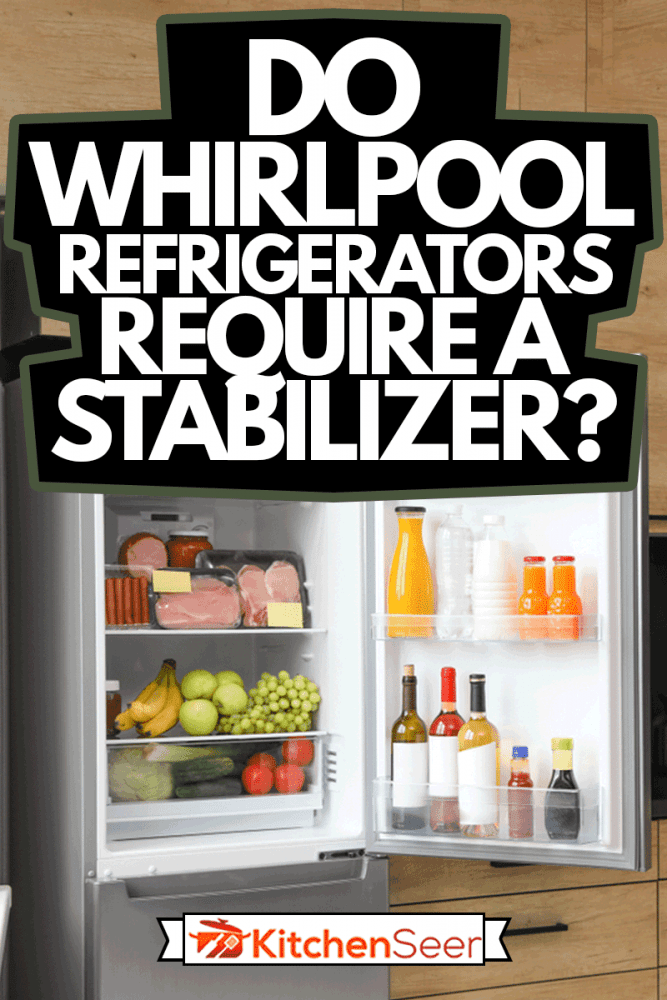
What is a stabilizer?
Voltage stabilizers for refrigerators protect their circuitry and electrical components. You will usually only see them used for large and expensive appliances like air conditioners, televisions, and refrigerators.
Voltage fluctuations or power surges are when the voltage running through your home suddenly jumps up. What makes power surges dangerous is that the voltage exceeds the standard 120-volt flow of your outlets. Electronic components can get fried from large surges.
It is also possible for the voltage to dip so low that there is not enough power input. If that happens, your appliances will not be operating at full power. A stabilizer is able to boost the incoming voltage to working levels.

Is a stabilizer the same as a surge protector?
Surge protectors and voltage stabilizers are sometimes mistaken for one another. Surge protectors are a different product used to protect your refrigerator circuits. They can absorb any extra power from large spikes in voltage.
If a power surge is large enough, the surge protector will be destroyed. They are designed this way to absorb the energy and keep your appliances safe. Surge protectors are very useful, but they do not have the same capabilities as stabilizers.
For example, say you are experiencing a brownout or a dip in power. A surge protector cannot maintain power output to an appliance. A stabilizer is able to raise the power output to keep the appliance running on low power.
Which stabilizer is best for a Whirlpool Refrigerator?
The best stabilizer for a Whirlpool refrigerator depends on the refrigerator itself. You will need to take the fridge's power rating into consideration. There are stabilizers available for a variety of power ratings.
You can find stabilizers marketed for use on single appliances, entire homes, or businesses. When choosing a stabilizer, the first thing you want to check is that its working voltage is compatible with your home and appliances.
What is the minimum voltage required?
A home in the United States will usually have a voltage range of 120 to 240 volts. When trying to find a stabilizer, its input range should start within those parameters.
You can measure the exact voltage range of your home using a multimeter. You can also check the breaker panel to determine voltage if you are familiar with electronics.
Click here to see this multimeter on Amazon.
If you are unable to measure the voltage of your outlets, it is safer to assume you have a minimum of 120 volts.
How to find the maximum voltage needed
The stabilizer you choose will need to be capable of providing the power required to operate your refrigerator. To find the amount of power needed, you will first need the power rating. Factors like refrigerator capacity and freezer capacity have an impact on the power rating.
To find the power rating of your appliance, take a look at the electrical specifications in the manual. The rating is in watts (W) or kilowatts (KW). If you don't see the rating, find the amps (A) and voltage (V) requirements and multiply them together. The result is the power rating in watts.
A whirlpool top freezer refrigerator would use a stabilizer that is at least 750 watts. A side-by-side door fridge will require at least a 1.7-kilowatt stabilizer. Smaller refrigeration units can use stabilizers as low as 50 watts.
What will happen if you use the wrong stabilizer?
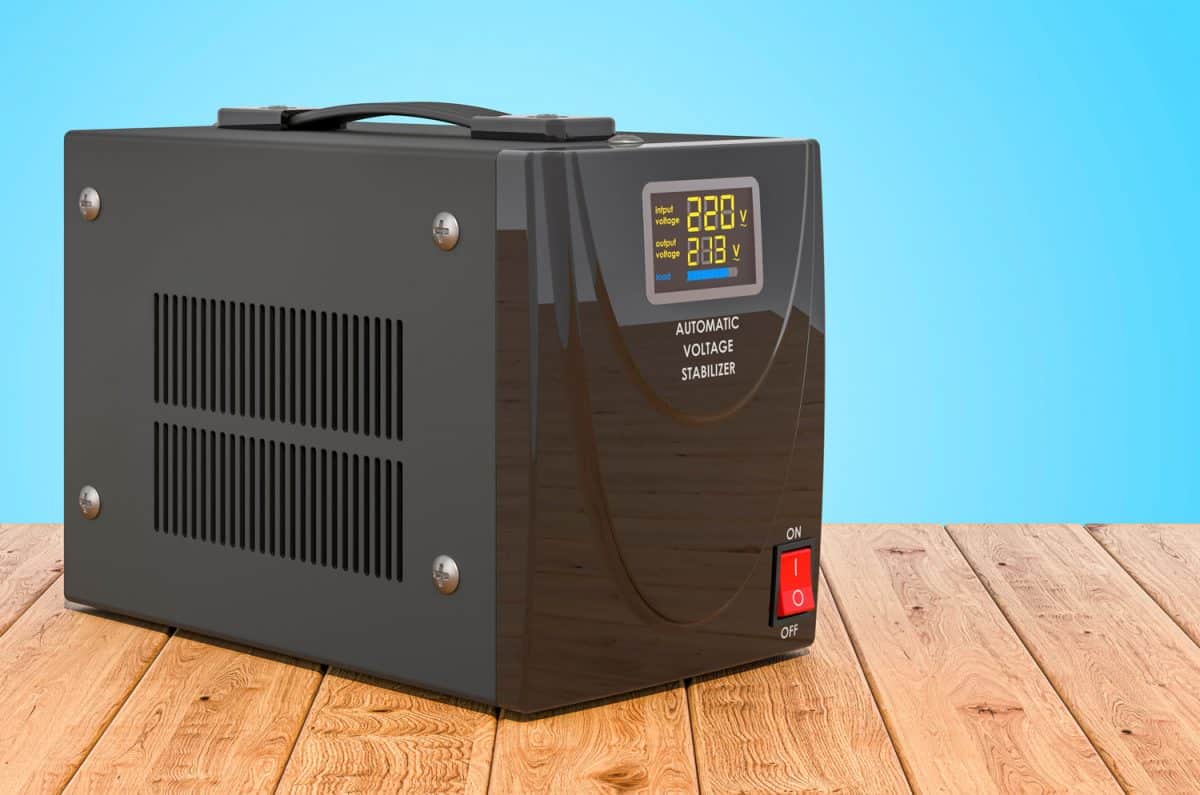
It will cause some problems if you use a stabilizer that does not meet the power requirements of your fridge. If you continuously supply too much power to the appliance, you can cause overheating and damage to components. The constant overflow can slowly shorten the working life of your fridge.
If there is constantly not enough power being supplied, your fridge can underperform. The first thing you may notice is that it will take a lot longer to freeze things. This can also cause overheating since the fridge keeps trying to draw more power.
What is an inbuilt stabilizer in a refrigerator?
You may see that your refrigerator has an inbuilt stabilizer. An inbuilt stabilizer is a voltage stabilizer that is a part of the refrigerator.
These stabilizers will also protect your appliance from rises and dips in current. An inbuilt stabilizer can also provide thermal overload protection. This feature protects your refrigerator from high-temperature blowouts.
Older refrigerators will not have these inbuilt systems. Check out our article on how to find out how old your Whirlpool refrigerator is. After you find the age and model number for your fridge, you can contact customer support. They can confirm if your fridge has an inbuilt stabilizer.
Do stabilizers consume power?
Yes, stabilizers do consume power. Since that can affect your power bill, it is important to choose the appropriate stabilizer. If you purchase a higher capacity stabilizer than you need, it will still consume more power than it needs.
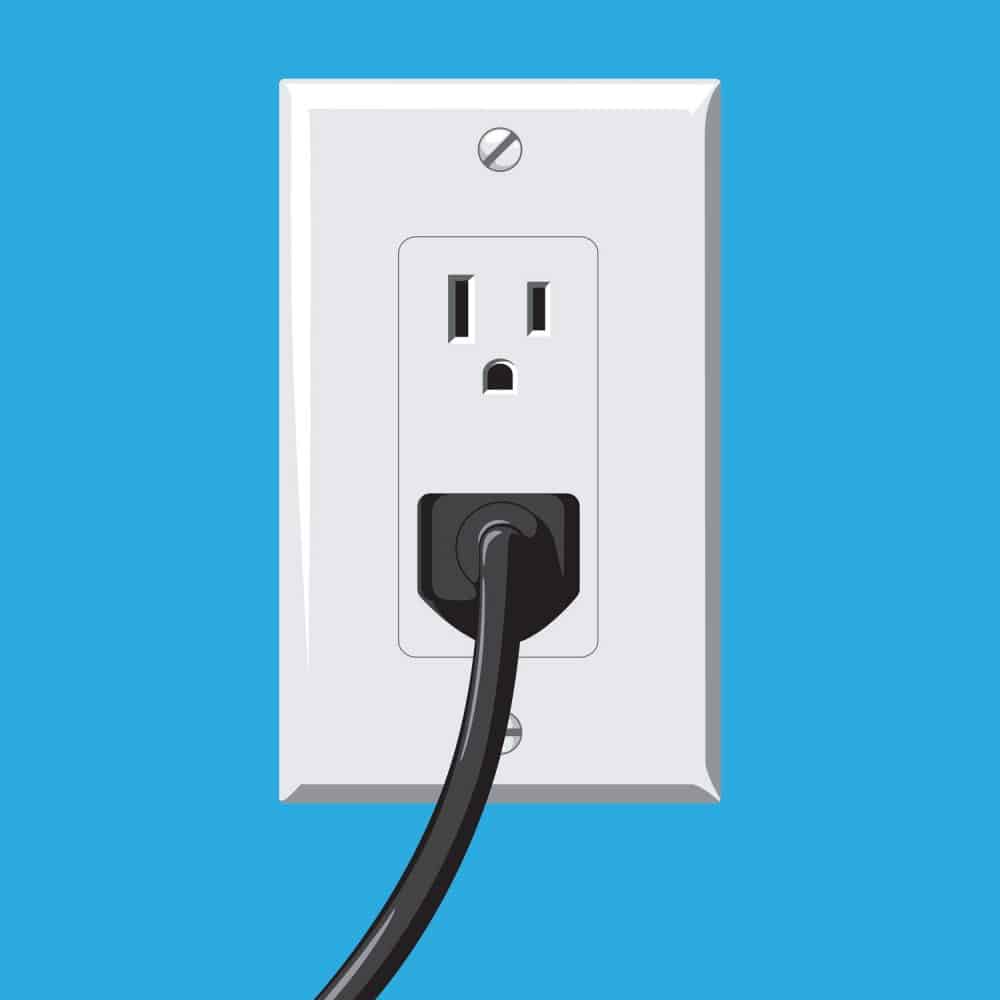
You may be tempted to save power by just using a lower capacity stabilizer. If the stabilizer is underperforming, then it will not effectively maintain the voltage level.
Even though stabilizers consume power, it is not as much as you may think. Although they are on and running constantly, they only account for about two to five percent of the power usage.
What is the price of a fridge stabilizer?
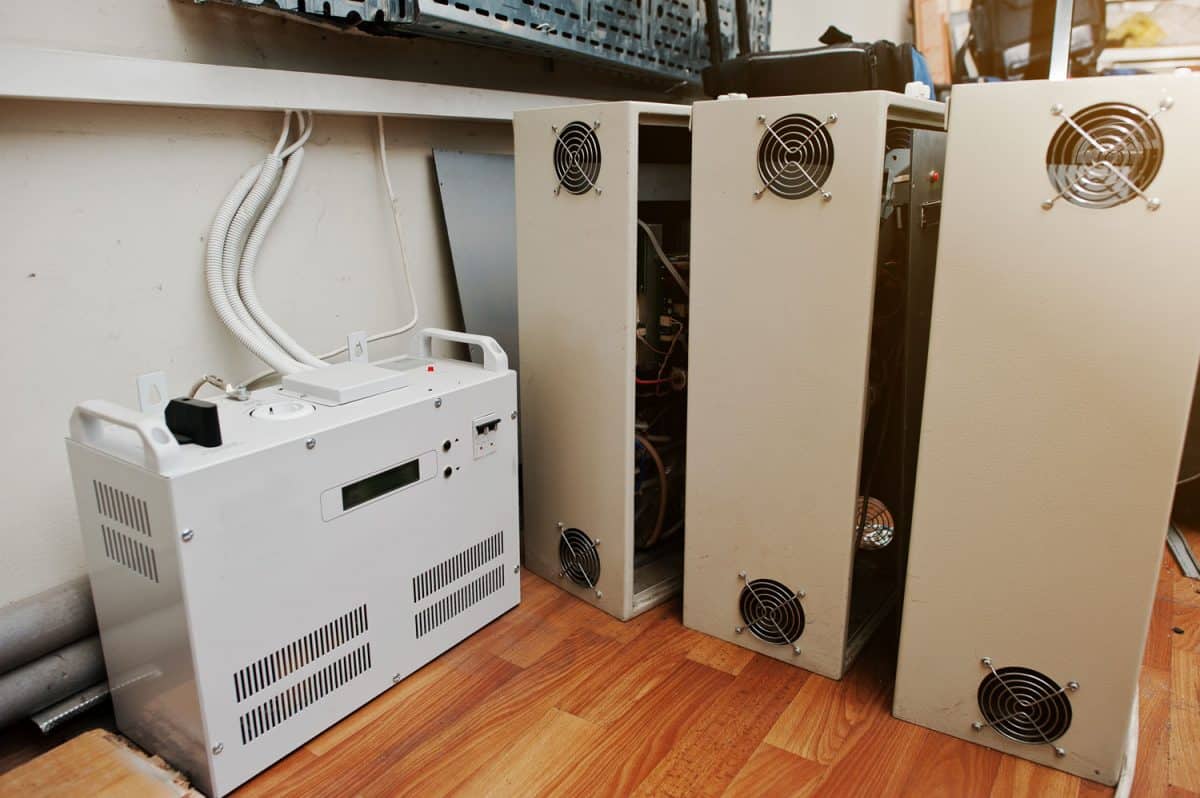
There are a lot of stabilizers on the market. You will find that they can range from $20 to over $2,000. Stabilizers with larger power capacities will be on the more expensive side of the scale.
It is worth mentioning that the price of the stabilizer will correlate to the quality. The more expensive stabilizers will be more efficient. Cheaper units are usually more problematic and can cause your electric bill to go up.
Do you need a stabilizer?
Yes, you need a stabilizer for the safety of your refrigerator. You can think of it as a form of insurance. If you have experienced a lot of voltage fluctuations in the past, a stabilizer can save you from costly repairs. Not only will it protect the appliance but it can also extend its working life.
Without any protection at all, you are leaving your refrigerator at risk. Repeated surges can cause continuous damage over time. Even if you have a built-in stabilizer, you can end up with circuit damage if the surges are too high.
In closing
Some Whirlpool refrigerators have built-in systems to protect against voltage fluctuation. You may still want to get an external stabilizer for added protection from power surges.
When you are shopping for a stabilizer, the most important thing to remember is the power rating. Without considering the power rating, you could end up with a stabilizer that underperforms or overperforms. Remember to check your appliance specifications so you can maximize protection and minimize unnecessary energy bill charges.
For some Whirlpool troubleshooting tips, take a look at this guide: Whirlpool Refrigerator Keeps Freezing Up—What Could Be Wrong?


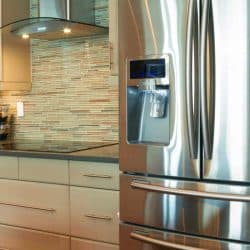
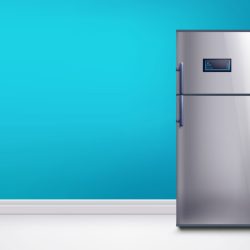
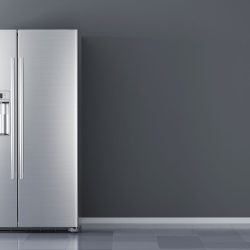
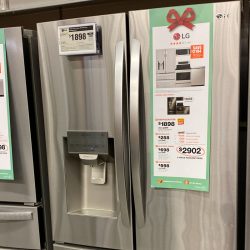
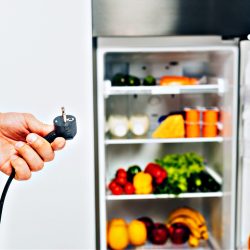
![Removing a refrigerator water filter in a modern appliance, Do Whirlpool Refrigerators Have Water Filters? [And When To Replace Them]](https://kitchenseer.com/wp-content/uploads/2021/12/emale-Hand-Changing-Refrigerator-Water-Filter-250x250.jpg)